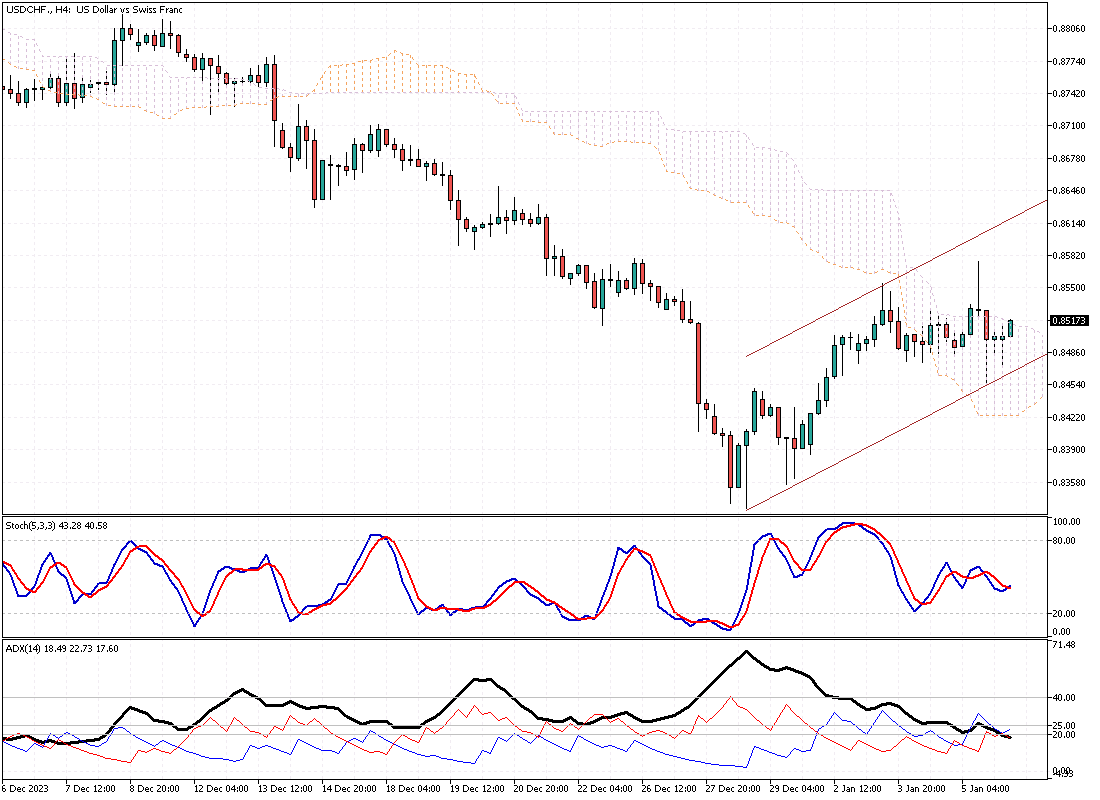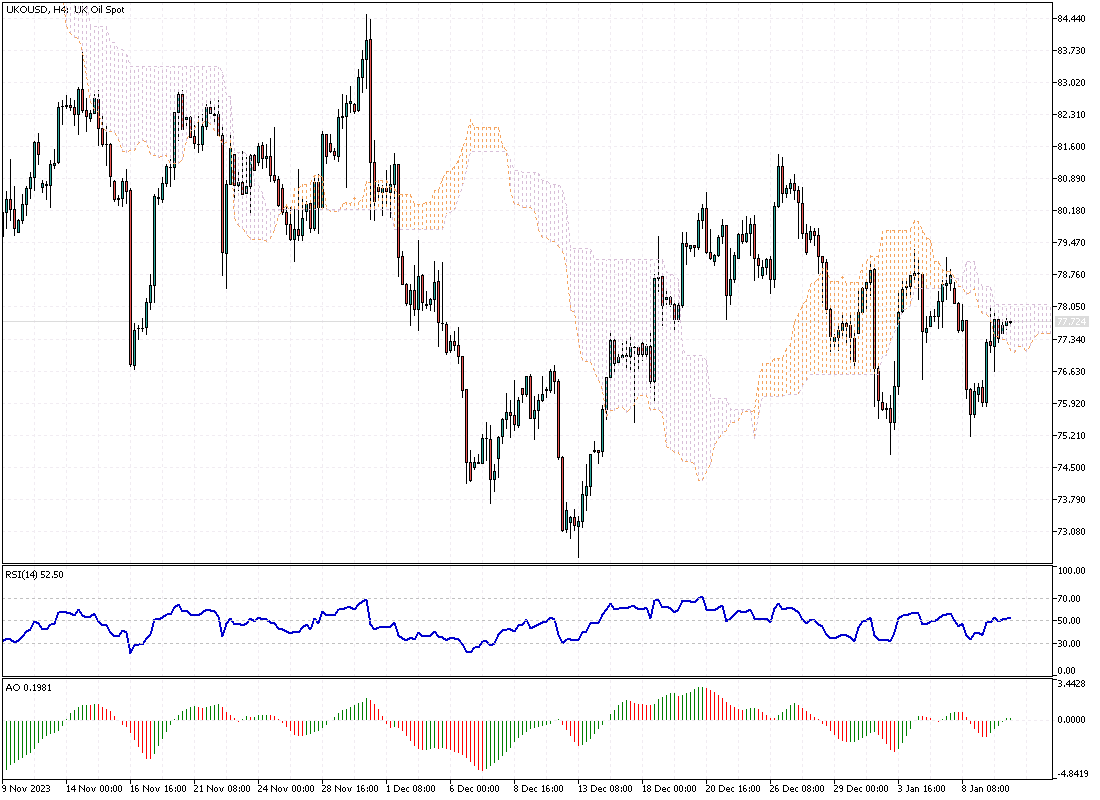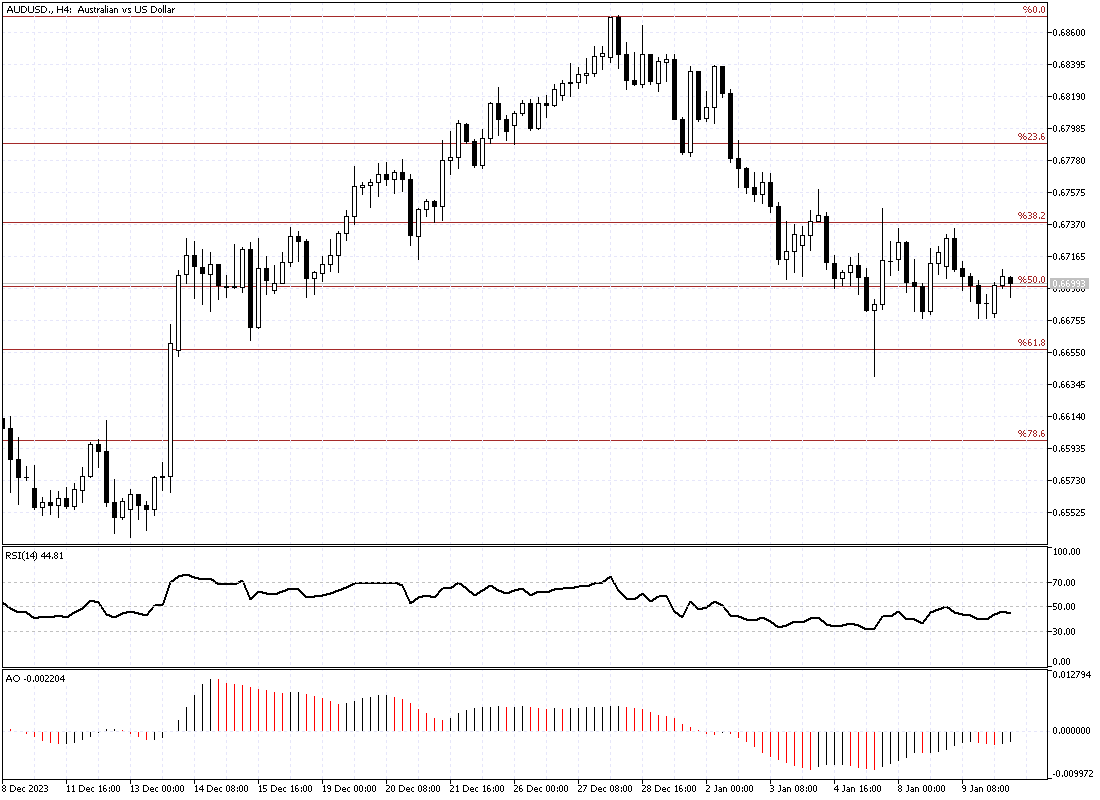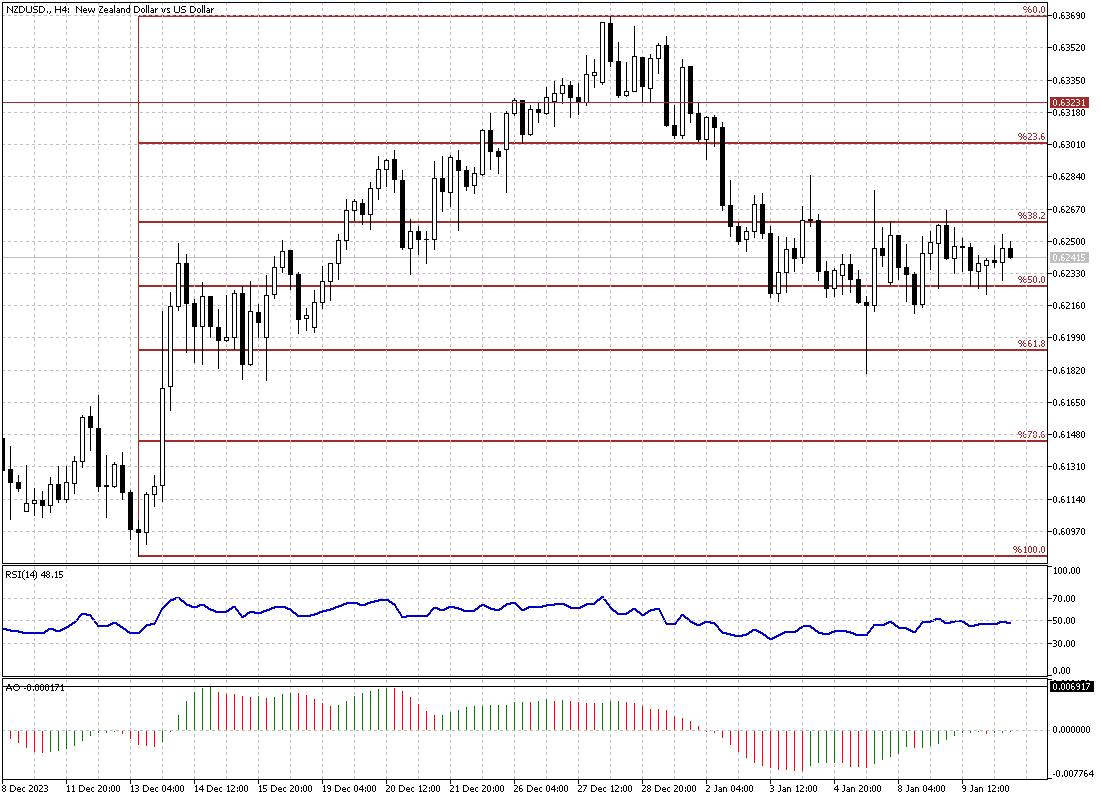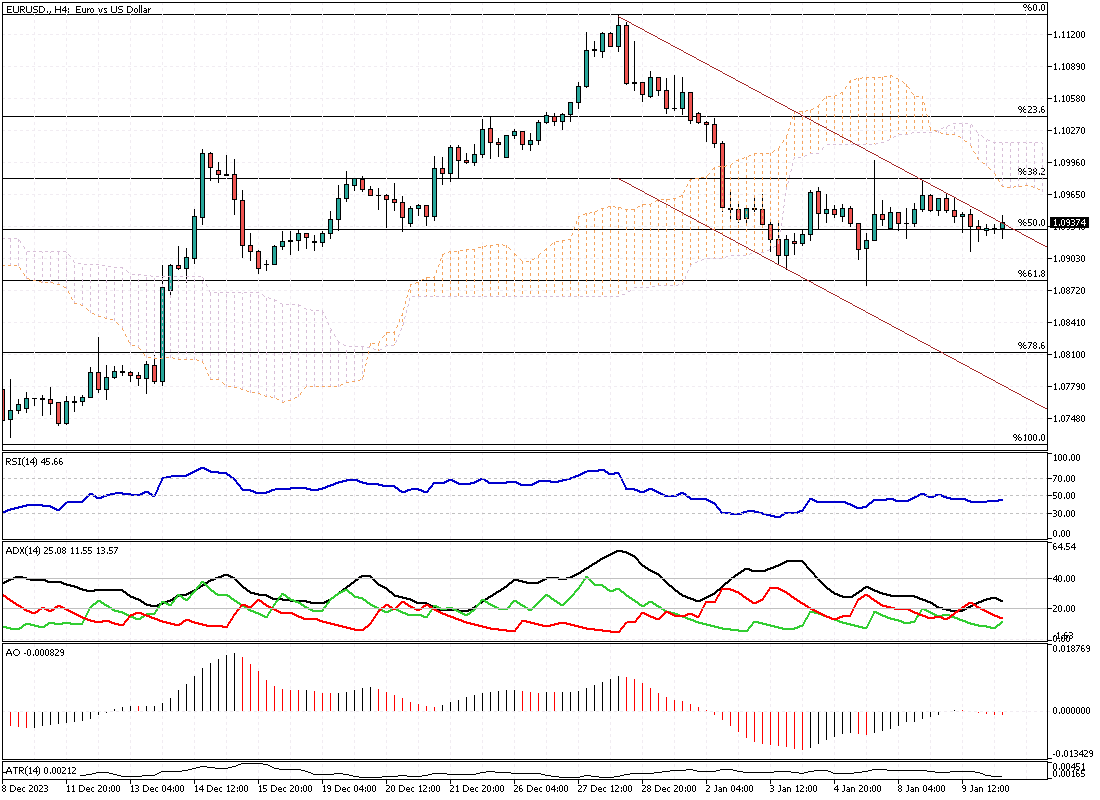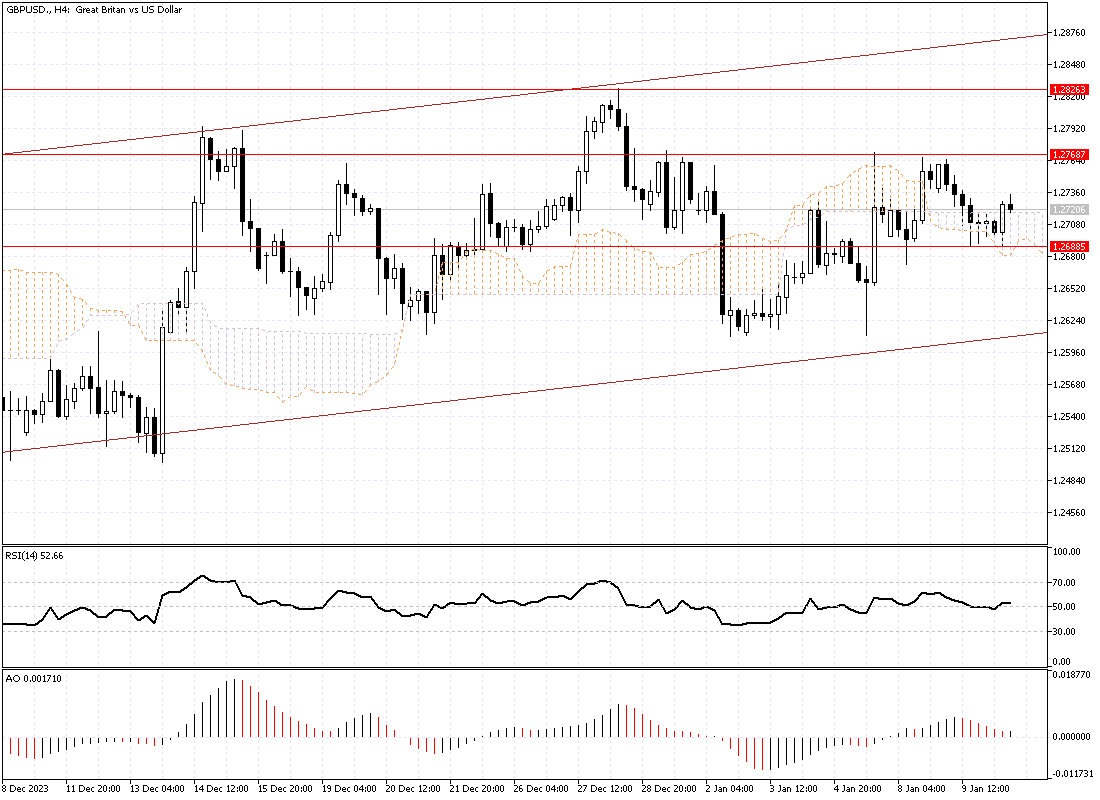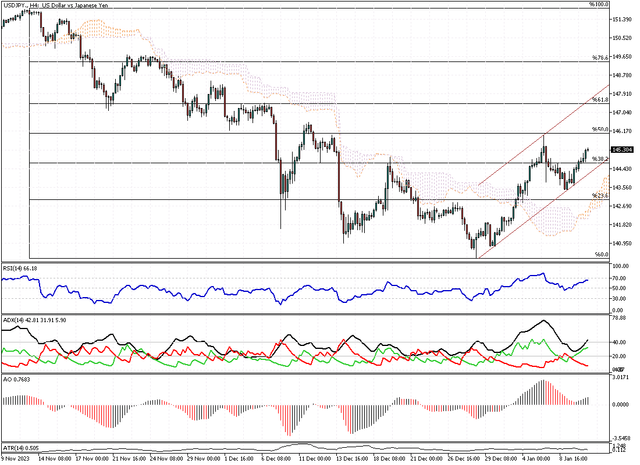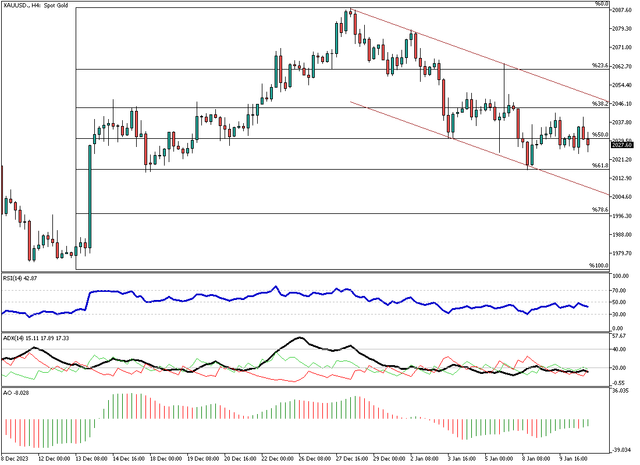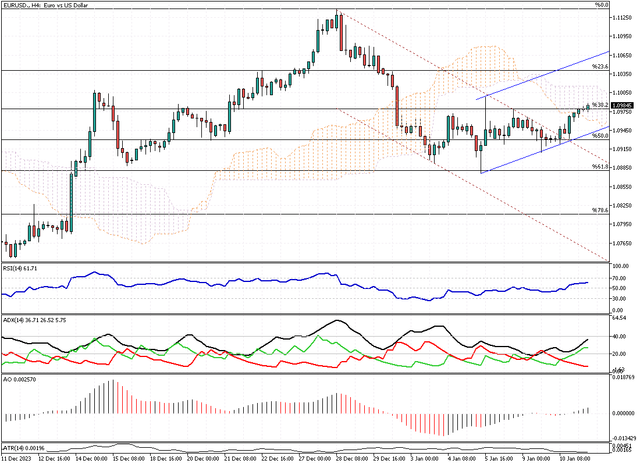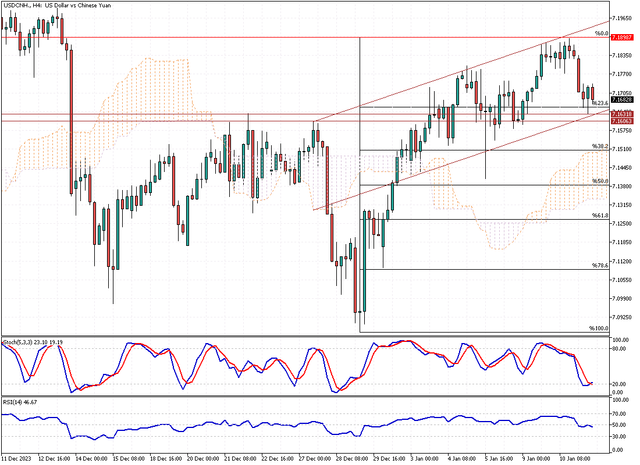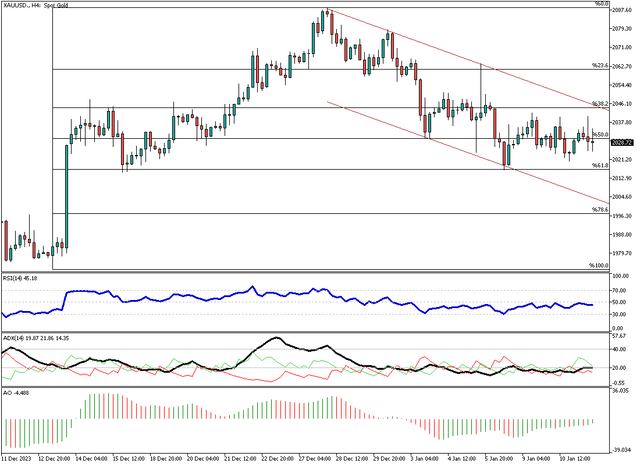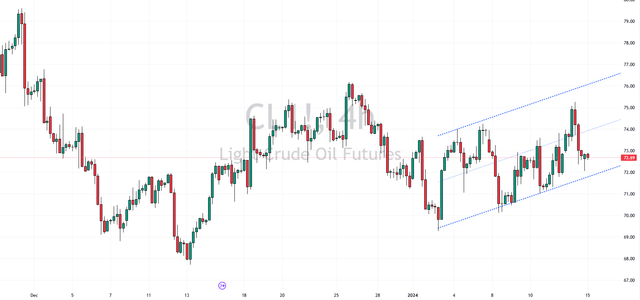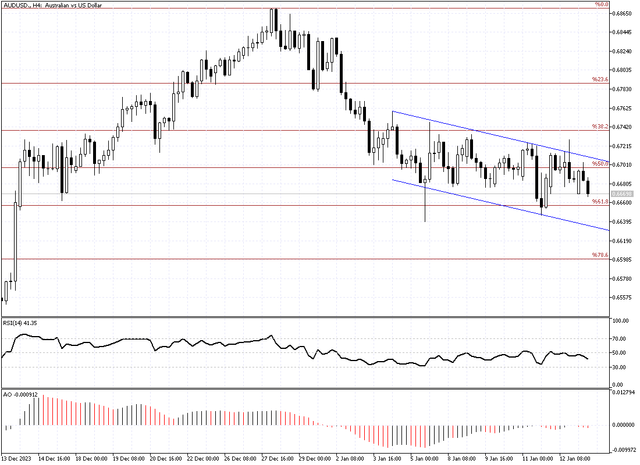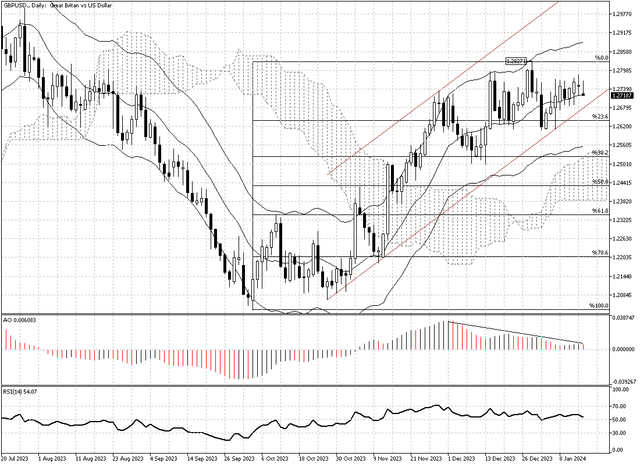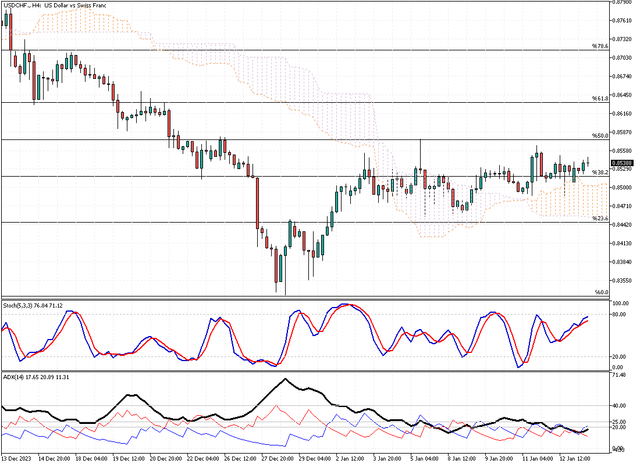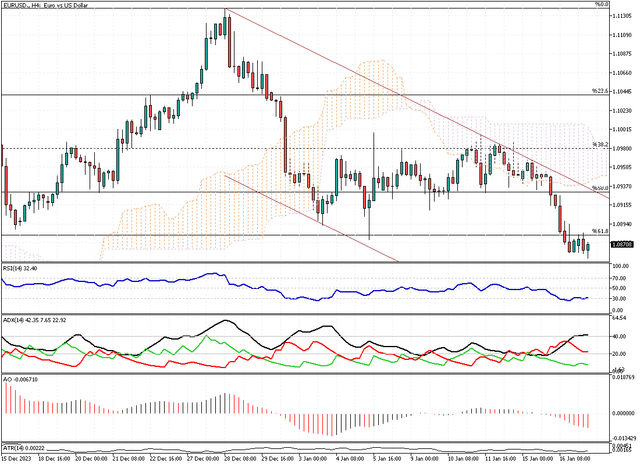SOLIDECN
Senior member
- Messages
- 3,041
- Likes
- 0
Canadian Dollar Falls Beyond 1.33 USD Mark
Solid ECN – The value of the Canadian dollar has recently dropped, surpassing 1.33 against the US dollar. This decline comes after it had reached a five-month peak at 1.32 on December 26th. Several factors contribute to this shift, including a strengthening US dollar, lackluster economic reports within Canada, and a decrease in foreign currency coming into the country. A notable point of concern is Canada's manufacturing sector, which has experienced its most significant downturn since the 2020 pandemic crash.
This downturn poses challenges for the central bank's efforts to control inflation through tighter policies. Additionally, the Canadian dollar's strength is further weakened by a global reduction in oil demand, which traditionally supports the currency through foreign exchange. Investors are now focusing on the upcoming labor market report, set to be released on Friday, to gain insights into the potential directions of future monetary policy.
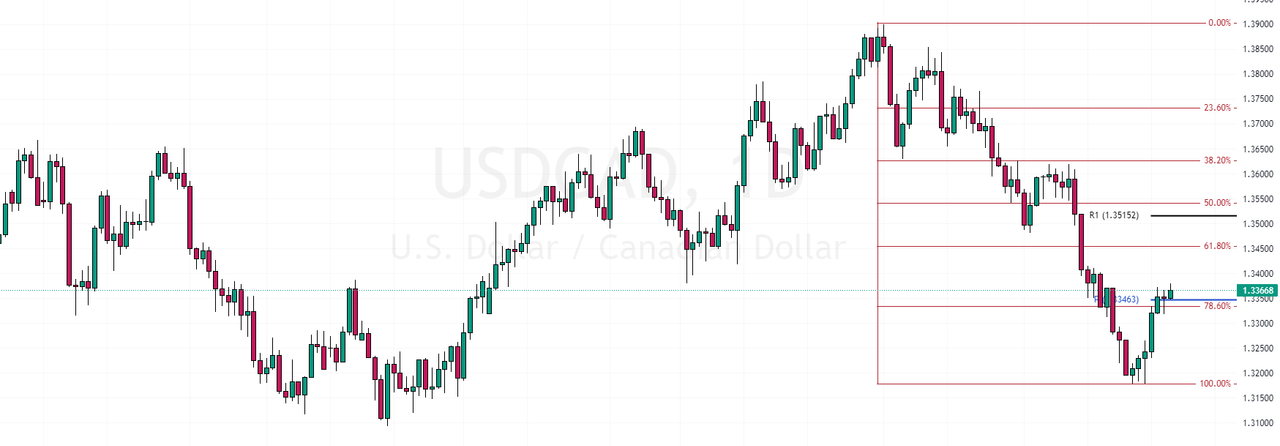
Solid ECN – The value of the Canadian dollar has recently dropped, surpassing 1.33 against the US dollar. This decline comes after it had reached a five-month peak at 1.32 on December 26th. Several factors contribute to this shift, including a strengthening US dollar, lackluster economic reports within Canada, and a decrease in foreign currency coming into the country. A notable point of concern is Canada's manufacturing sector, which has experienced its most significant downturn since the 2020 pandemic crash.
This downturn poses challenges for the central bank's efforts to control inflation through tighter policies. Additionally, the Canadian dollar's strength is further weakened by a global reduction in oil demand, which traditionally supports the currency through foreign exchange. Investors are now focusing on the upcoming labor market report, set to be released on Friday, to gain insights into the potential directions of future monetary policy.


